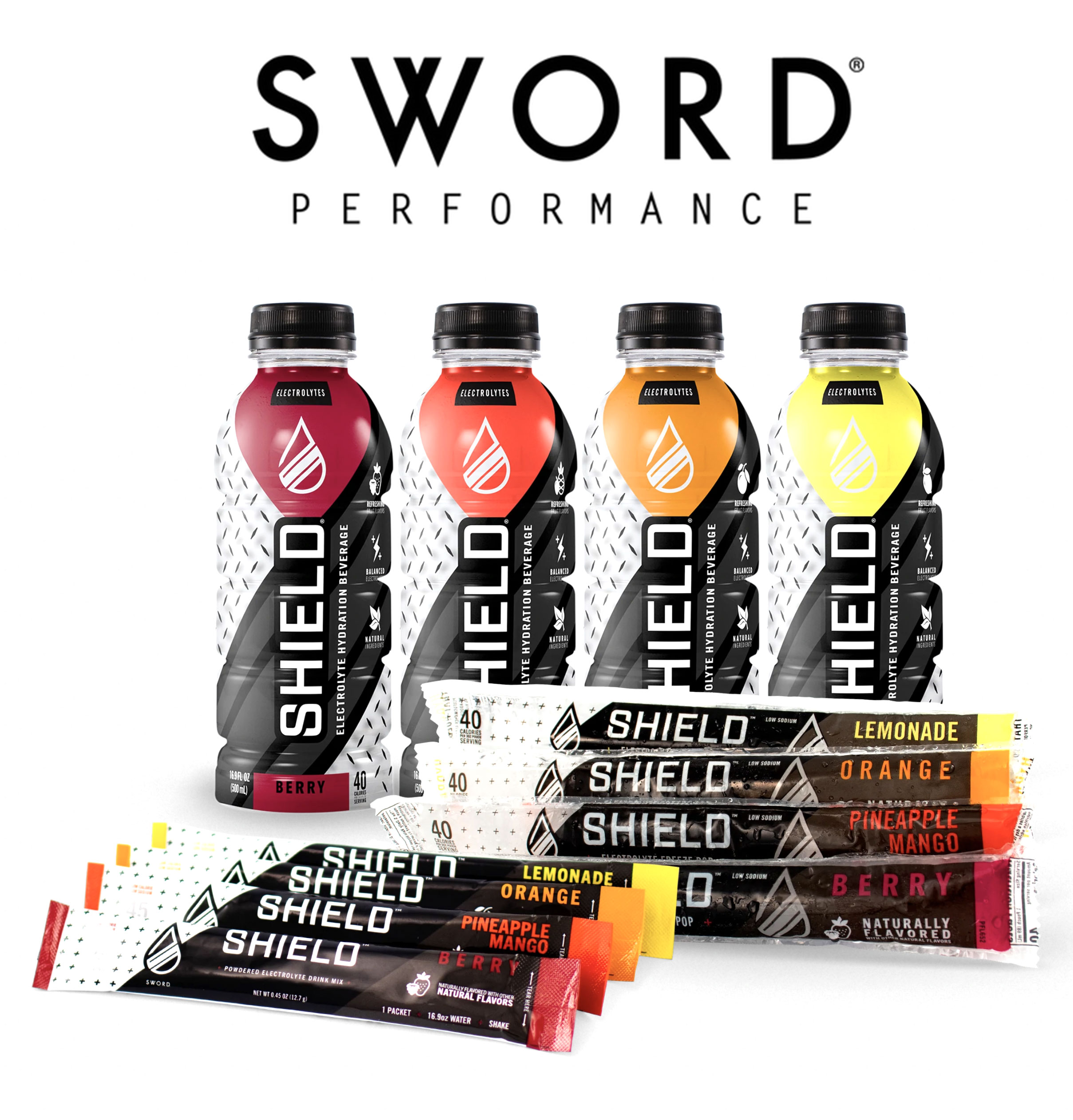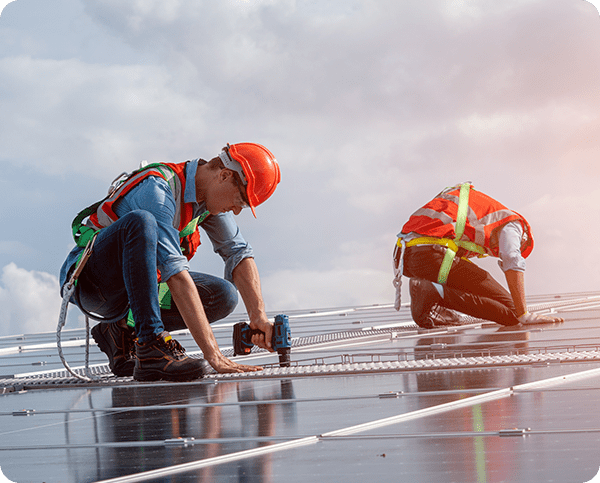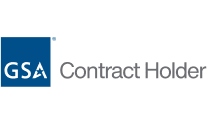Written by Darin Dillow – CEO of Sword Performance, who is the hydration partner of Arbill.
Published in the Journal of Bioinformatics and Biosciences
Hot climates and the corollary heat stress injuries and incidents have always existed in the United States in some form and have presented themselves as a problem within workplaces across the country.
The Occupational Safety and Health Administration has several standards but none that specifically target the reduction of heat stress injuries. In September 2021, the current administration recognized the need for better worker protections in these scenarios and has proposed new initiatives to address the problem. This article examines the recent initiative and considers whether it reaches far enough to address the issue of heat stress within the workplace fully.















